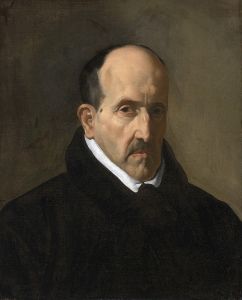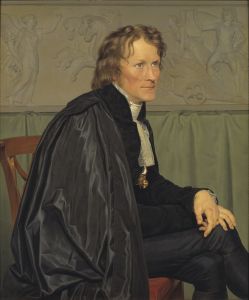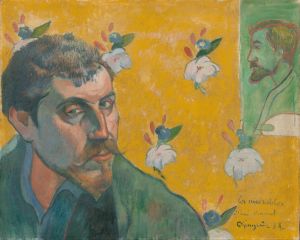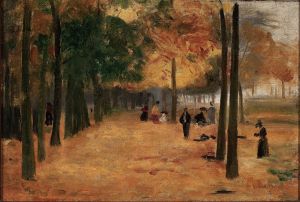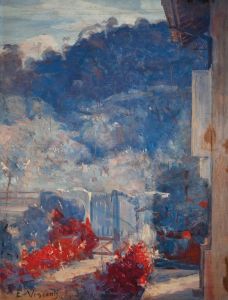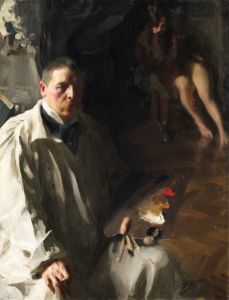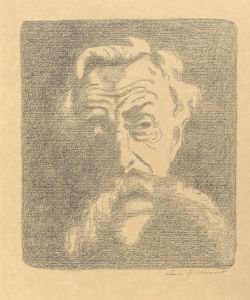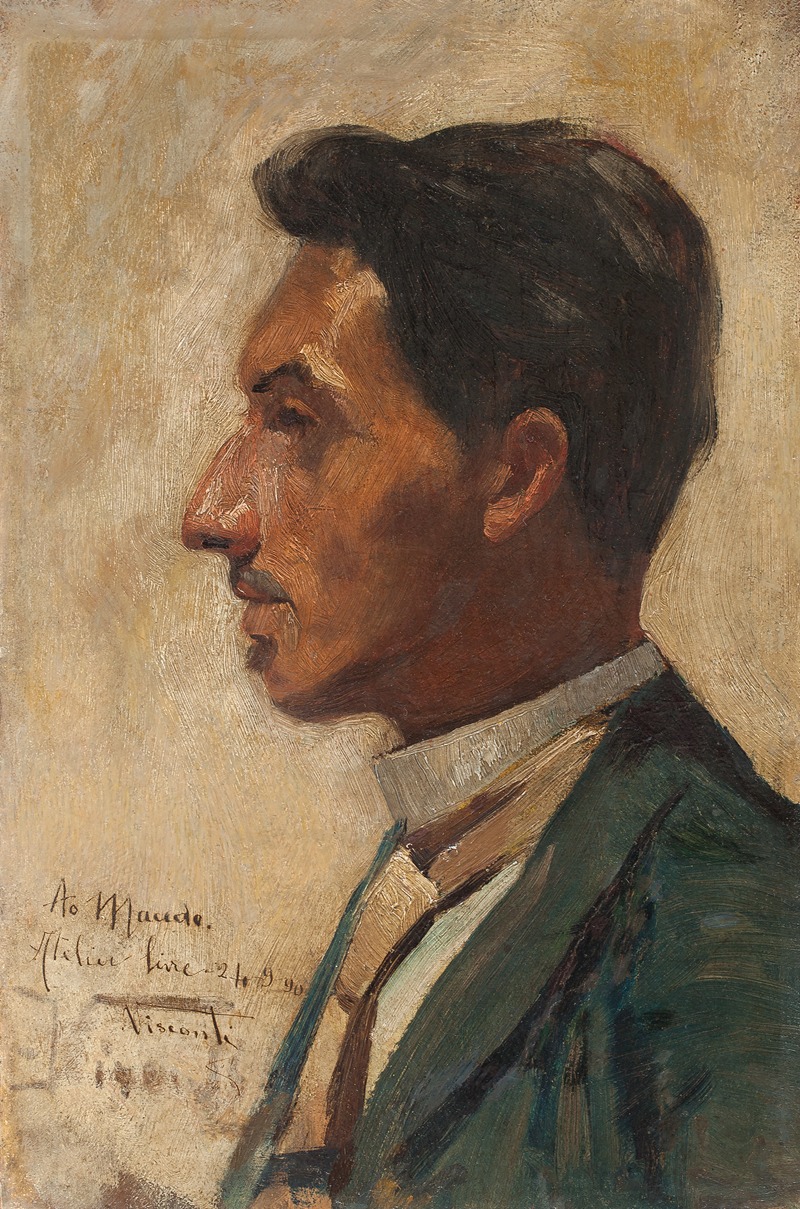
Retrato de Macedo
A hand-painted replica of Eliseu Visconti’s masterpiece Retrato de Macedo, meticulously crafted by professional artists to capture the true essence of the original. Each piece is created with museum-quality canvas and rare mineral pigments, carefully painted by experienced artists with delicate brushstrokes and rich, layered colors to perfectly recreate the texture of the original artwork. Unlike machine-printed reproductions, this hand-painted version brings the painting to life, infused with the artist’s emotions and skill in every stroke. Whether for personal collection or home decoration, it instantly elevates the artistic atmosphere of any space.
"Retrato de Macedo" (Portrait of Macedo) is a painting by the Brazilian artist Eliseu Visconti, one of the most prominent figures in Brazilian art during the late 19th and early 20th centuries. Visconti is widely recognized as a pioneer of modern art in Brazil, and his works often reflect a blend of European influences and Brazilian cultural elements.
The painting is a portrait of José de Alencar Macedo, a Brazilian figure whose identity and significance remain closely tied to the context of the artwork. Visconti was known for his exceptional skill in portraiture, and this piece exemplifies his ability to capture the personality and essence of his subjects. The work is executed in oil on canvas, a medium frequently used by Visconti, and showcases his mastery of light, color, and texture.
Eliseu Visconti was born in Salerno, Italy, in 1866 and immigrated to Brazil with his family as a child. He studied at the Imperial Academy of Fine Arts in Rio de Janeiro and later continued his education in Europe, where he was influenced by movements such as Impressionism and Art Nouveau. These influences are evident in his artistic style, which often combines meticulous detail with a sense of fluidity and vibrancy.
"Retrato de Macedo" is believed to have been created during Visconti's mature period, a time when he was highly regarded for his contributions to Brazilian art. The painting reflects his technical proficiency and his ability to convey the individuality of his subjects. The use of light and shadow in the portrait demonstrates Visconti's understanding of depth and dimension, while the subtle color palette adds a sense of realism and intimacy.
The painting is part of Visconti's broader body of work, which includes portraits, landscapes, and decorative art. His contributions to Brazilian culture extend beyond painting; he also designed theater sets, stained glass windows, and other decorative elements. Visconti's legacy is celebrated in Brazil, and his works are held in high esteem by art historians and collectors.
"Retrato de Macedo" is housed in a collection that preserves Visconti's artistic achievements, ensuring that his contributions to Brazilian and global art history remain accessible to future generations. The painting serves as a testament to Visconti's skill as a portraitist and his role in shaping the trajectory of modern art in Brazil.





